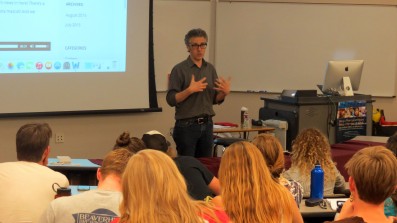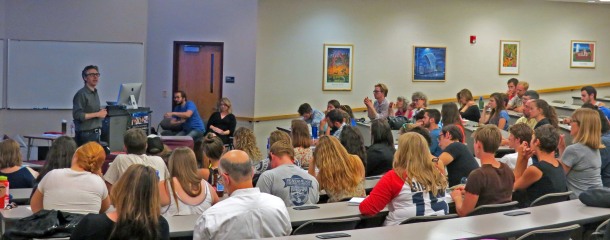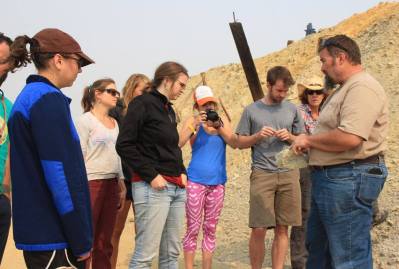This American Life’s Ira Glass shared words of reporting wisdom with UM students last Saturday.
Glass began his career in public radio in 1978. He began as an intern for NPR and has a wealth of broadcasting experience. Glass has held every production job from tape-cutter to newscast editor before finally settling in as the host and executive producer of This American Life.
Saturday, Sept. 12, Glass taught a master class for University of Montana School of Journalism students. He began his lecture by saying he was there to “serve” the students and answer any questions they had about the business.
Glass shared clips from his early career when he was at NPR, and admitted some of his own insecurities about being on the air.
“I didn’t like the way I sounded,” Glass said. He explained how he would cut his narration out of his first broadcasts, letting the interviewee tell the story.
Glass used his old clips to illustrate the importance of narration in a radio broadcast. He explained that the script could potentially make or break a show. He also emphasized the importance of good quotes, adding these add intrigue and keep a listener engaged.
Students had the opportunity to ask a plethora of questions and Glass was happy to answer all of them. He told students the key to a great show is plot and narrative. He said the key is to keep listeners asking “What’s going to happen next?”
He ended the class by encouraging students to read “Out on the Wire” and offered to buy the book for anyone who was interested. The book is an illustrated guide to making radio shows. Glass collaborated on it, as did many of today’s top radio producers.
By Alyssa Rabil




